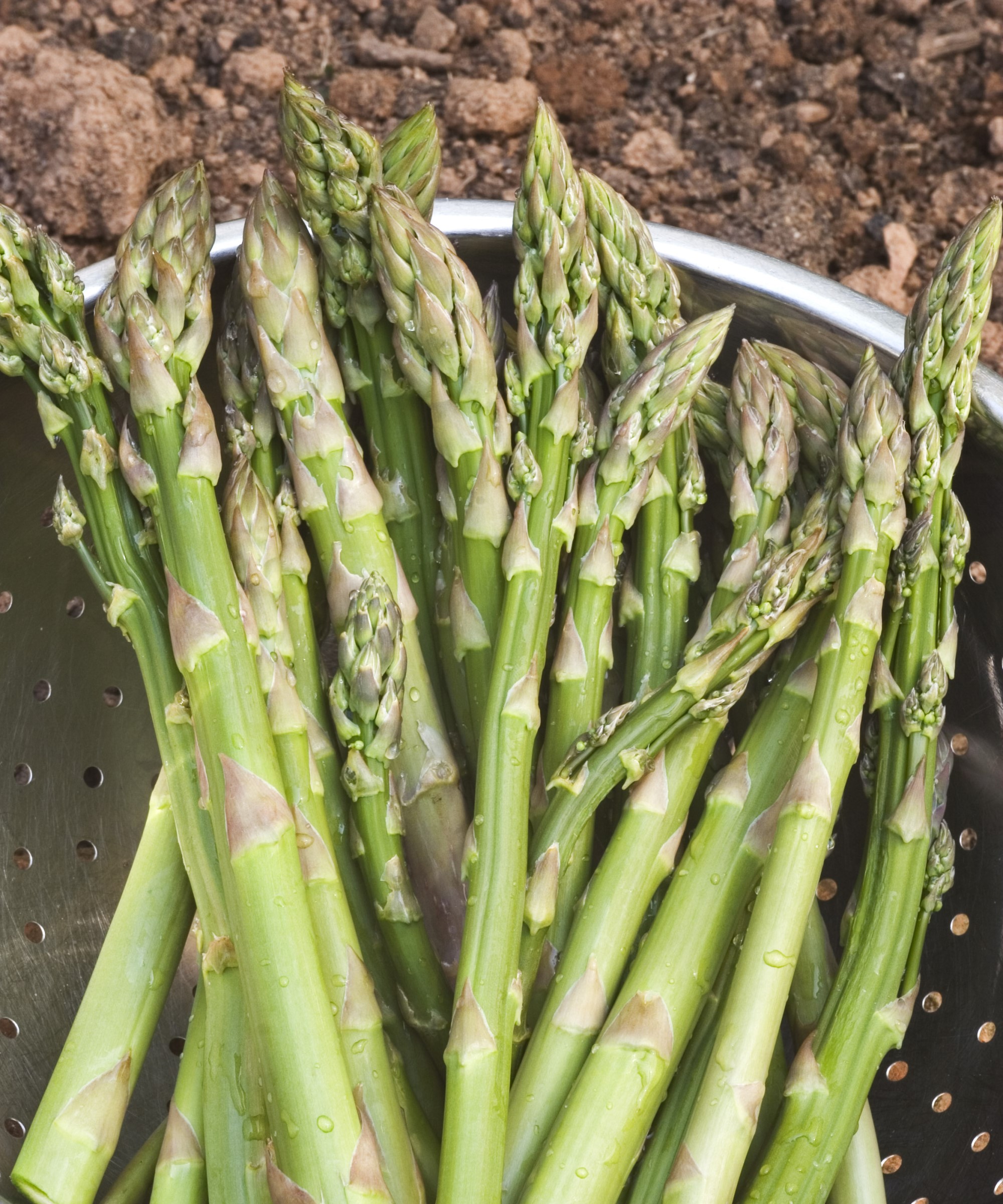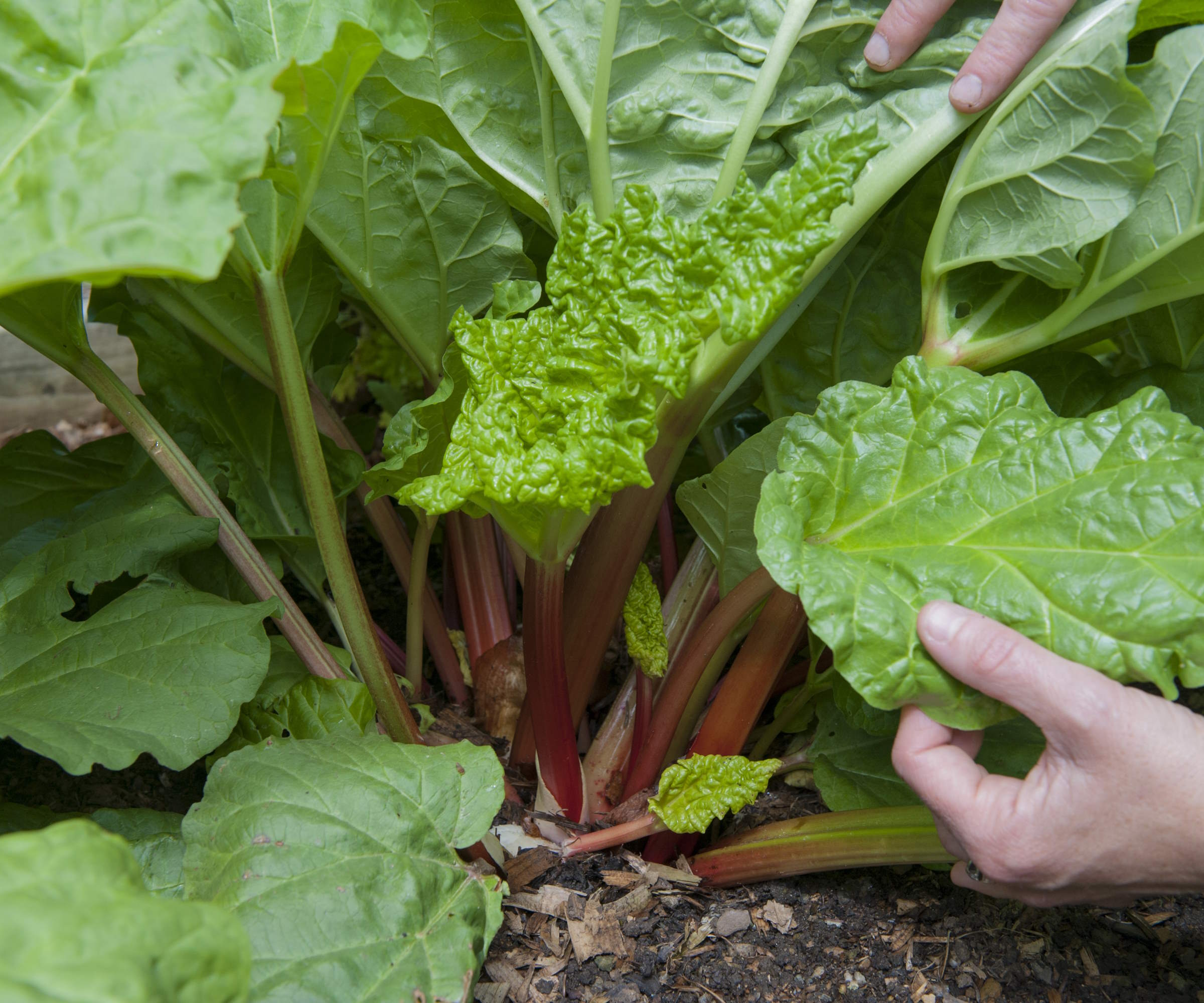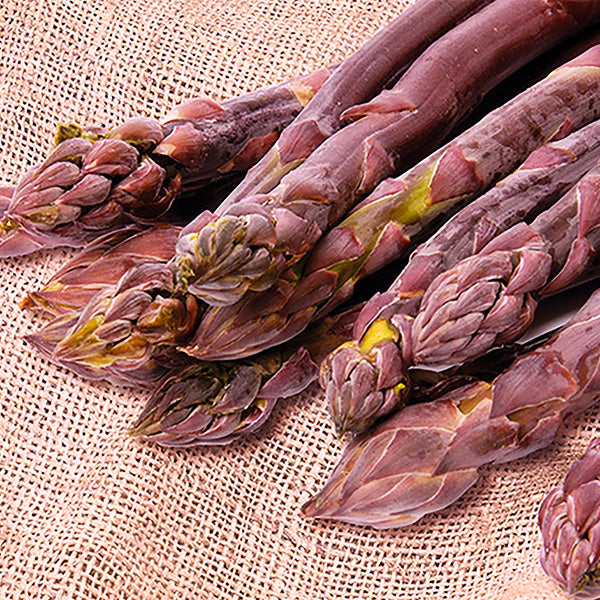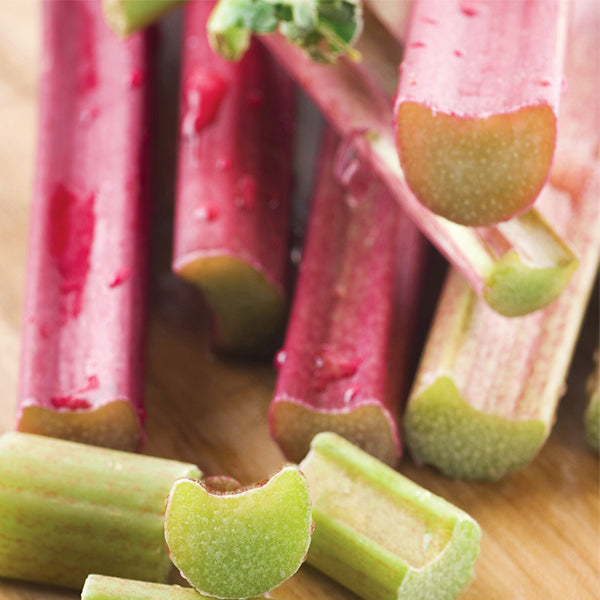The best perennial vegetables to grow in pots for years of harvests in smaller spaces
Plant once and enjoy for many seasons. Why perennial vegetable in pots are worth your time and investment – and there is a great range to choose from


Growing vegetables at home is hugely popular nowadays as more and more people are enjoying homegrown food harvested from their backyard. The multitude of crops that can be grown in a vegetable container garden opens up the opportunities for people to reap the benefits in smaller spaces, including on a deck, patio, or balcony.
Lots of popular vegetables are grown as annuals, producing a crop in one growing season and needing to be resown or replanted the following year. Perennial vegetables offer years of harvesting and there are many that are suited to growing in container gardens.
These plants can be a fantastic investment to add to any backyard vegetable garden as they are often simple to maintain and can reward your efforts with homegrown harvests for many years.

6 perennial vegetables for a container garden
I have grown all of the following perennial vegetables in kitchen gardens during my career as a professional gardener. Here are some fantastic perennial vegetables to grow in pots, along with some tips on caring for plants and getting a great harvest year after year.
1. Asparagus

Asparagus is a prized spring vegetable and, with proper care, can provide delicious spears for many years. However, when you grow asparagus in a container it will have a shorter lifespan than crowns in the ground - closer to four years than 20 years - and it will take two years from planting to get a first harvest.
Plant asparagus crowns in a large and deep container - ideally the bigger the planter the better. It needs to be at least 18 inches deep and 12 inches wide, with each crown given a minimum 12 inches of space.
They need to be in rich, fertile soil and watered and fed regularly when growing in containers. Fertilize asparagus with a water-soluble feed high in nitrogen and potassium every two weeks during the growing season.
Design expertise in your inbox – from inspiring decorating ideas and beautiful celebrity homes to practical gardening advice and shopping round-ups.
Asparagus crowns in pots can be more susceptible to winter cold and frosts. Rather than overwinter the vegetables outdoors in colder regions - with asparagus hardy in US hardiness zones 4-8 when growing in the ground - pots should be moved into a protected space, such as a garage or shed, for winter.
2. Rhubarb

Rhubarb is an easy vegetable to grow and can provide pickings of stems for many years. They are large plants and that means you need a large container if you want to grow rhubarb in a pot.
A container must be at least 20 inches wide and deep, have drainage holes in the bottom, and be filled with a rich compost. Again, the larger the pot the better as it will have more space for rhubarb’s large roots to develop.
You can get dormant or actively-growing crowns in winter or spring respectively to plant rhubarb into the container. Keep a close eye throughout the year to keep the soil moist and give plants a feed with a general-purpose fertilizer in spring.
Harvest rhubarb once plants reach their second season in the container and remove individual stems in spring to early summer. Stop picking by July and leave plants to develop reserves of energy to put into next year’s crop of stems.
3. Artichoke

Globe artichokes are perennial statuesque plants that reach six feet in height, depending on the variety, and produce edible buds high in nutrients and antioxidants. The buds are harvested while they are tightly closed and plants can produce 10-12 buds during the artichoke season for approximately 4-6 years.
Given the size of the plants, it may understandably leave many to think they will be unsuitable to grow in pots. However, a 5 or 10 gallon container, or a pot at least 18-20 inches wide, can successfully grow artichokes and give you harvests of these fantastic vegetables. Fill the container with a quality potting mix supplemented with organic matter such as compost or well-rotted manure.
Fertilize plants with a slow-release balanced vegetable fertilizer in spring and, along with regular watering to prevent the soil drying out, feed with a liquid fertilizer once a month during the growing season.
'Imperial Star' is a classic artichoke to grow as it produces reliably good yields of buds. You can get 'Imperial Star' plants and seeds at Burpee.
4. Sorrel

Sorrel is a hardy perennial crop that produces edible tangy, lemony leaves that can be grown as a cut-and-come-again crop to be eaten raw or cooked. There are different types of sorrel to grow, including French, red-veined, and English sorrel, that have varying hardiness levels - check which one is right for your US hardiness zone when ordering seeds.
Sorrel is a fast-growing vegetable and you can get a great harvest in the first year from sowing or planting. This can be as little as 30 days for baby leaves, or two months for full size ones. The plants themselves reach around two feet high and under a foot wide, so can be grown in pots as small as 8-10 inches in diameter.
Sow seeds indoors into modules or pots in spring to transplant outside after the last frosts or, alternatively, sow seeds outdoors directly into their growing spot once the soil warms. Plants can be thinned to 6-8 inches apart as they develop. The pots want to be in a sunny spot, but move them to a more protected environment in mid-summer as hot weather causes the flavor to turn bitter.
Discover a range of sorrel seeds available at True Leaf Market
5. Perennial kale

Perennial kale is hardy in US hardiness zone 7 and can provide growers with leaves of nutritious kale leaves for several years. While there are many different types of annual kale to grow, perennial types can provide a lot of pickings from plants in a small space - making them ideal for a small vegetable garden.
There are different types of perennial kale to grow, including popular varieties such as ‘Daubentons Kale’ and ‘Taunton Deane Kale’. The plants want large containers at least 12-18 inches wide and deep and plants will benefit from being covered with netting to stop leaves from being eaten by birds.
Put the pots in a sunny position, but move them to a sheltered spot if the temperature looks set to top 80°F. Keep plants well-watered and feed them with a liquid fertilizer every two weeks during the summer.
Perennial kale plants can also easily be propagated by plant cuttings, so you can have a good cycle of plants at different ages so you never go short of a kale harvest.
6. Wasabi

To get the spicy flavor of wasabi plants it will be trickier than most other crops on the list, however, it can be a rewarding experience and all parts of the plant are edible. Wasabi, also known as Japanese horseradish, does benefit from being grown in pots.
It naturally thrives on riverbanks and prefers indirect light. Getting the conditions right is key to success, as plants want a temperature of 45-70°F and consistent moisture. Growing in pots allows you to move the plant to maintain the right temperature and keep a close eye on watering to keep it moist.
There is a wait to harvest wasabi roots. It takes two years for the rhizomes to reach a desirable size and it is best to carefully harvest a small amount in spring or fall and allow the remaining to continue growing. The leaves and stems of wasabi are also edible and can be harvested once they are large enough to use.
Horseradish is a similar crop harvested for the fiery roots and also a perennial vegetable ideal for pots. If you have a small vegetable garden, planting horseradish in pots prevents this vigorous plant from spreading rapidly.
FAQs
What is the easiest perennial vegetable to grow?
Many perennial vegetables are very simple to grow, with rhubarb potentially the simplest to maintain. It does need to be considered, however, that any perennial vegetables in pots will require more care than plants growing in the ground. That will include keeping a close eye on watering, as the soil can dry out quicker in summer, and regularly feeding plants as they can deplete the nutrients available in the pot. Rhubarb will require more attention in a container, but can still be a fuss-free perennial vegetable to grow.
There is just time for one more for your consideration. Jerusalem artichokes are another perennial vegetable that can be grown in pots if you have very heavy soil or are short of space in the ground. Unlike globe artichokes that are grown for the edible buds, Jerusalem artichokes are grown for the underground tubers. Any tubers left in the ground after harvesting Jerusalem artichokes will sprout and grow again, so growing the perennial in pots prevents the crop sprouting and spreading around your yard.

Drew has worked as a writer since 2008 and was also a professional gardener for many years. As a trained horticulturist, he worked in prestigious historic gardens, including Hanbury Hall and the world-famous Hidcote Manor Garden. He also spent time as a specialist kitchen gardener at Soho Farmhouse and Netherby Hall, where he grew vegetables, fruit, herbs, and cut flowers for restaurants. Drew has written for numerous print and online publications and is an allotment holder and garden blogger. He is shortlisted for the Digital Gardening Writer of the Year at the 2025 Garden Media Guild Awards.

